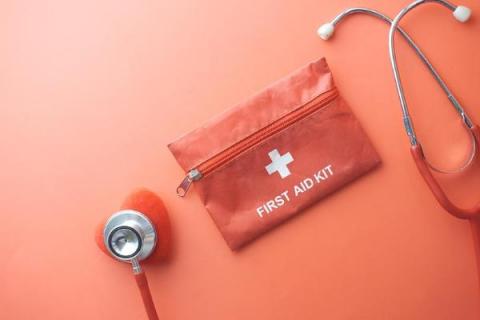The Medium is the Message: How to Master the Most Essential Incident Communication Channels
We’ve all seen it: a company experiencing a major incident and going radio silent, leaving their customers to wonder “Are they doing something about this?!”. If you’ve ever been on the inside of something like this, you know the answer is most likely yes, there are people working hard to put out the fire as quickly as possible. But when it comes to incidents, perception is reality for customers.











